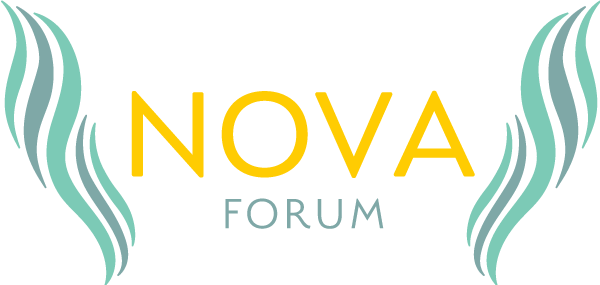Session 1:
Prof. Cynthia Colburn with Prof. Bryan Keene (Riverside City College): Arts of Death from the Middle Ages to the Renaissance
In the first session of “Imagining the End: Human Limits,” Professor Cynthia Colburn and Professor Bryan Keene shared works of sacred art from Catholic tradition. Prof. Colburn, an art historian at Pepperdine University, showed how depictions of the Crucifix evolved in chapel murals and altar pieces from the Middle Ages through the Renaissance. After her presentation, Colburn engaged in a conversation with the audience. Next, Prof. Keene, assistant professor of art history at Riverside City College, focused on the Lignum vitae of St. Bonaventure, the “Tree of Life” in several different works and contexts. Following his images, Prof. Keene discussed excerpts from St. Bonaventure from Itinerarium mentis in Deum.
Resources for Session 1:
See images from Professor Cynthia Colburn
See images from Professor Bryan Keene
Giorgio Vasari, Lives of the Artists
Scrovegni Chapel, Padua (3D model)
Simon Toparovsky, Crucifix, Cathedral of Our Lady of the Angels, Los Angeles, 2000 (scroll down)
Martin Heidegger, Origin of the Work of Art
Walter Benjamin, Work of Art in the Age of Mechanical Reproduction
Session 2:
Prof. David Albertson hosting Prof. Paul Contino (Pepperdine University): Dante’s Imagination
In the second session of Seminar 3, Professor David Albertson hosted Prof. Paul Contino of Pepperdine University, who has been teaching the life and works of the medieval Italian poet Dante Alighieri for nearly 25 years. In his presentation, Contino challenges one to look beyond the images of hell usually connected with Dante and instead associate him with the human and divine loves at the heart of the Divine Comedy. Contino led the group on a journey through Dante’s worlds, showing how his work remains relevant even today, bridging a gap of almost seven hundred years.
Please find all material referenced during the seminar below.
Resources for Session 2:
Fyodor Dostoevsky, The Brothers Karamazov
Paul Contino, Dostoevsky’s Incarnational Realism
Interview with Professor Contino about Dostoevsky’s Incarnational Realism
Reinhard Hütter, Bound for Beatitude: A Thomistic Study in Eschatology and Ethics
St. Bonaventure, Prayer for the Seven Gifts of the Holy Spirit
Dante Alighieri, Vita Nuova
Baptistery of St. John, Piazza Duomo, Florence
St. Augustine of Hippo, Confessions
Dante Alighieri, Inferno V: Paolo and Francesca
Paul Griffiths, Intellectual Appetite: A Theological Grammar
Fra Angelico, Annunciation and Visitation, San Marco, Florence
St. John Paul II, Salvifici Doloris (On the Christian Meaning of Human Suffering)
William Blake’s illustrations of Commedia
John Flaxman’s 1793 line drawings of Dante’s Commedia
Leonardo da Vinci, Annunciation (1472)
James Elkins, Pictures and Tears: A History of People Who Have Cried in Front of Paintings
Hans Urs von Balthasar, Dare We Hope That All Men Be Saved?
David Bentley Hart, That All May Be Saved
Roberto Benigni, Paradiso XXXIII recitation
Andrei Rublev, Trinity icon (ca. 1410-1420)
Friedrich Nietzsche, Genealogy of Morality
Dante Worlds multimedia website (UT Austin)
Princeton Dante Project website (Princeton University)
Dartmouth Dante Project website (Dartmouth University)
Paul Contino, “Teaching the Theological Dimension of Dante’s Comedy”
